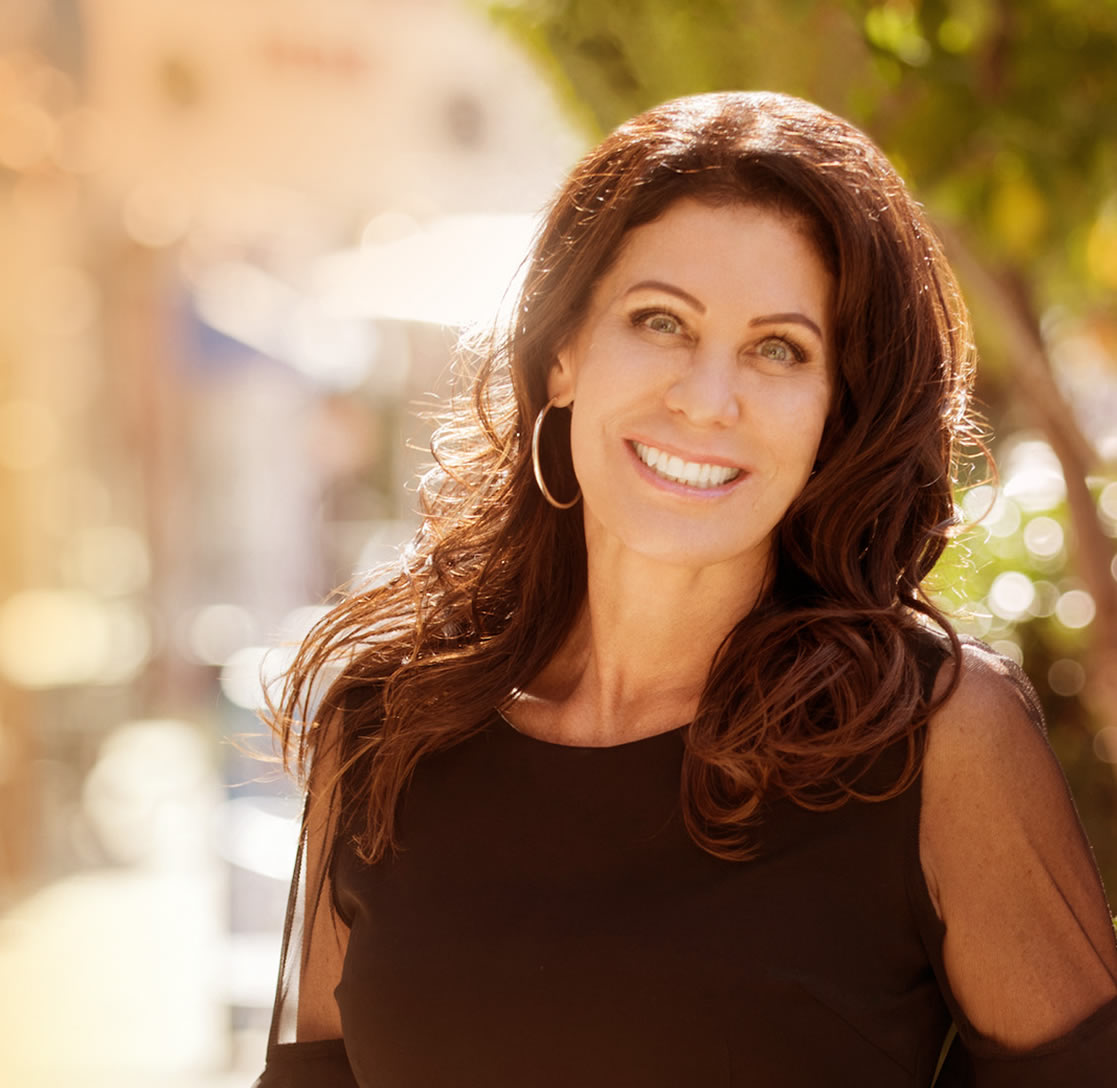KING: The Trials of Celebrity Love, from Taylor-Burton to Swift-Kelce

I wouldn’t know Taylor Swift if she sat beside me on an airplane, which is unlikely because she travels by private jet. If she were to take a commercial flight, she wouldn’t be sitting in the economy seats, which the airlines politely call coach.
Swift needs to go by private jet these days: She is dating Kansas City Chiefs tight end Travis Kelce, which is a problem. Love needs candle lighting, not floodlighting.
Being in love when you are famous is tough, especially if both lovers are famous. The normal, simple joys of that happy state are a problem: There is no privacy and precious few places outside of gated homes where the lovers can be themselves.
They can’t do any of the things unfamous lovers take for granted, like catching a movie, holding hands or stealing a kiss in public without it being caught on video and transmitted on social media to billions of fans. Dinner for two in a cozy restaurant and what each orders is flashed around the world. “Oysters for you, sir?”
Worse, if the lovers are caught in public not doing any of those things and, say, staring into the middle distance, looking glum, the same social media will erupt with speculation about the end of the affair.
If you are a single celebrity, you are gossip-bait, catnip for the paparazzi. If a couple, the speculation is whether it will be wedding bells or splitsville.
The world at large is convinced that celebrity lovers are somehow in a different place from the rest of us. It isn’t true, of course, but there we are: We think their highs are higher and lows are lower.
That is doubtful, but it is why we yearn to hear about the ups and downs of their romances; Swift’s more than most because they are the raw material of her lyrics. Break up with Swift and wait for the album.
When I was a young reporter in London in the 1960s, I did my share of celebrity chasing. Mostly, I found the hunters were encouraged by their prey. But not when Cupid was afoot. Celebrity is narcotic except when the addiction is inconvenient because of a significant other.
In those days, the most famous woman in the world, and the most beautiful, was Elizabeth Taylor. I was employed by a London newspaper to follow her and her lover, Richard Burton, around London. They were engaged in what was then, and maybe still is, the most famous love affair in the world.
The great beauty and the great Shakespearian actor were the stuff of legends. It also was a scandal because when they met in Rome, on the set of “Cleopatra,” they were both married to other people. She to the singer Eddie Fisher, and he to his first wife, the Welsh actress and theater director Sybil Williams.
Social rules were tighter then, and scandal had a real impact. This scandal, like most scandals of a sexual nature, raised consternation along with prurient curiosity.
My role at The Daily Sketch was to stake out the lovers where they were staying at the luxury Dorchester Hotel on Park Lane.
I never saw Taylor and Burton. Day after day, I would be sidetracked by the hotel’s public relations officer with champagne and tidbits of gossip while they escaped by a back entrance.
Then, one Sunday in East Dulwich, a leafy part of South London where I lived with my first wife, Doreen, one of the great London newspaper writers, I happened upon them.
Every Sunday, we had lunch at a local pub that served traditional English roast beef or lamb. It was a good pub — which today might be called a gastropub, but back then, it was just a pub with a dining room. An enticing place.
One Sunday, we went as usual to the pub and were seated right next to my targets: the most famous lovers in the world, Taylor and Burton. The elusive lovers, the scandalous stars were there next to me: a gift to a celebrity reporter.
I had never seen before, nor in the many years since, two people so in love, so aglow, so entranced with each other, so oblivious to the rest of the room. No movie they were to star in ever captured love as palpable as the aura that enwrapped Taylor and Burton. You could warm your hands on it. Doreen whispered from behind her hand, “Are you going to call the office?”
I looked at the lovers and shook my head. They were so happy, so beautiful, so in love I didn’t have the heart to break the spell.
I wasn’t sorry I didn’t call in a story then, and I haven’t changed my mind.
Love in a gilded cage is tough. If Swift and Kelce are at the next table — unlikely — in a restaurant, I will keep mum. Love conquers all.
Please follow DVJournal on social media: Twitter@DVJournal or Facebook.com/DelawareValleyJournal





